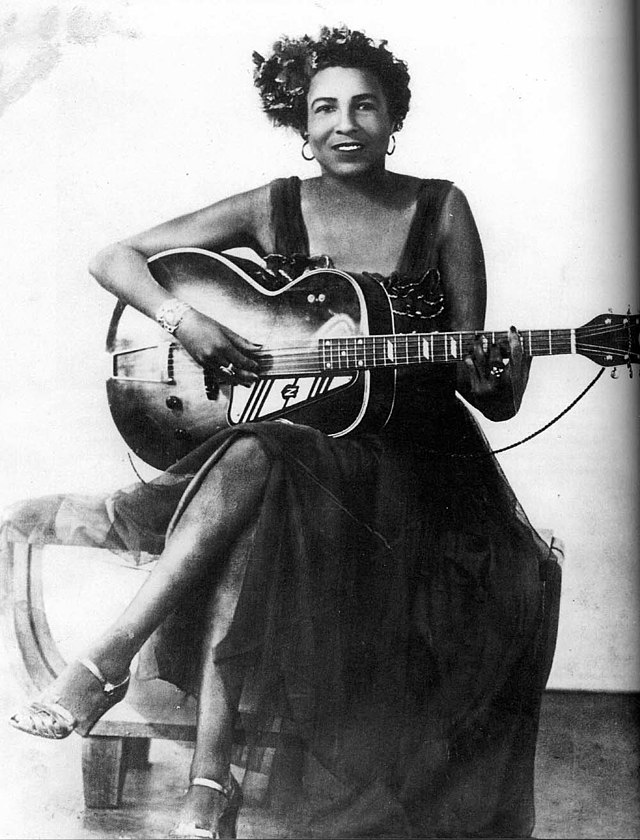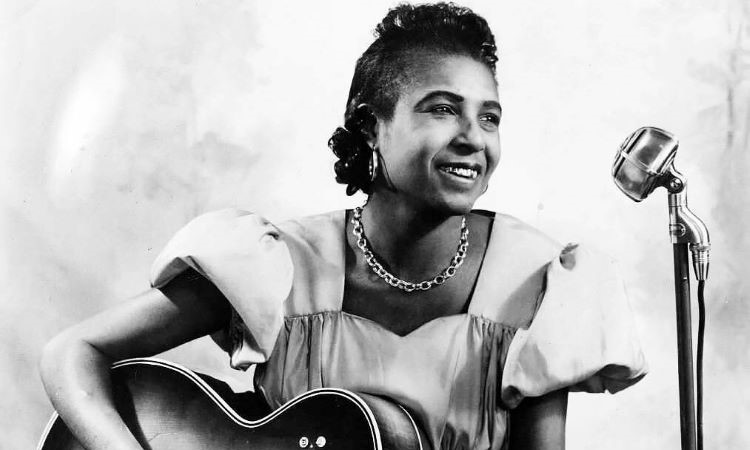Early Life and Musical Beginnings
Memphis Minnie, born Lizzie Douglas on June 3, 1897, in Algiers, Louisiana, was one of the most influential and pioneering female blues musicians of the 20th century. She grew up in Walls, Mississippi, where she developed a deep love for music. By the age of 10, she had learned to play the guitar and banjo, and at 13, she ran away to Memphis, where she started performing on Beale Street, the epicenter of the blues scene at the time.
Rise to Fame
During the 1920s, Memphis Minnie performed as a street musician and gained a reputation for her powerful voice, exceptional guitar skills, and ability to hold her own in the male-dominated blues industry. She was discovered by a talent scout in 1929 and soon recorded her first song, “Bumble Bee,” for Columbia Records. This song became a hit and established her as a formidable blues artist.
Over the next few decades, she recorded more than 200 songs, including classics like “Me and My Chauffeur Blues,” “Nothing in Rambling,” and “When the Levee Breaks,” a song later famously covered by Led Zeppelin. Her music blended elements of country blues, urban blues, and early electric guitar techniques, influencing generations of musicians.
Personal Life and Collaborations
Memphis Minnie was known for her dynamic stage presence and fearless attitude. She often competed in blues contests against male musicians and frequently won. Throughout her career, she collaborated with several notable artists, including her husband, Kansas Joe McCoy, with whom she recorded numerous duets.
After parting ways with McCoy, she married blues guitarist Little Son Joe, who became her lifelong musical partner. Together, they continued recording and performing throughout the 1930s and 1940s, adapting their sound to the growing popularity of electric blues.
Later Years and Legacy
As rock and roll began to overshadow traditional blues in the 1950s, Memphis Minnie’s career slowed down. She suffered from health problems, including a series of strokes, which forced her to retire from performing. She spent her final years in a nursing home in Memphis, Tennessee, where she passed away on August 6, 1973.
Despite her decline in commercial success during her later years, Memphis Minnie left an indelible mark on the blues genre. She was posthumously inducted into the Blues Hall of Fame in 1980, and her innovative guitar playing and songwriting continue to inspire blues and rock musicians today.
Influence and Recognition
Memphis Minnie’s influence extends far beyond her lifetime. Her fearless independence and immense talent paved the way for future female blues musicians, including artists like Bonnie Raitt and Big Mama Thornton. Her pioneering use of the electric guitar helped shape the sound of modern blues and rock.
Today, Memphis Minnie is celebrated as one of the greatest blues artists of all time, remembered for her groundbreaking contributions and her unwavering passion for music. Her songs, filled with emotion, storytelling, and technical brilliance, ensure that her legacy will live on for generations to come.


Comments are closed